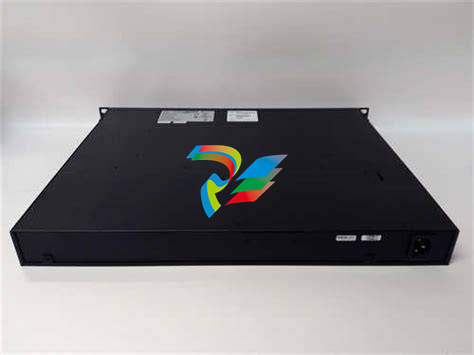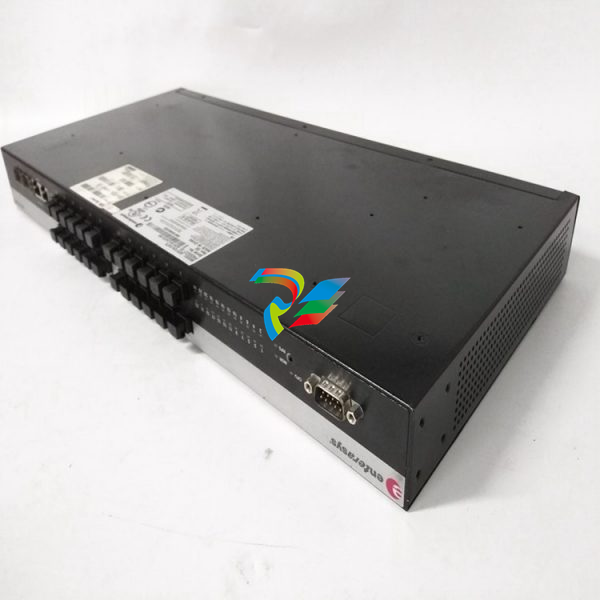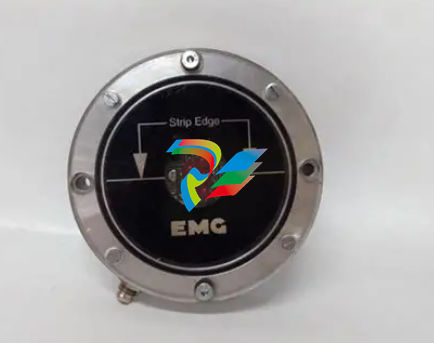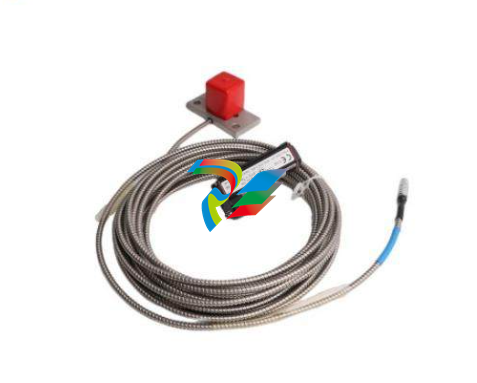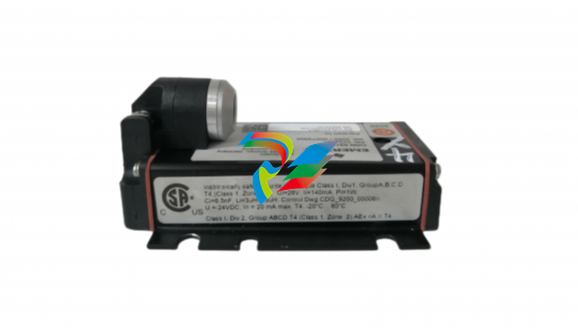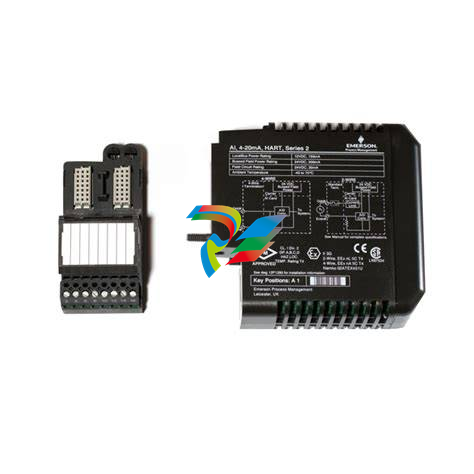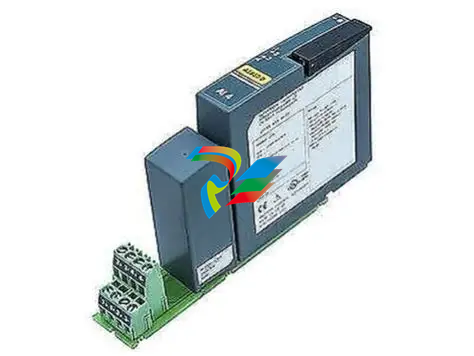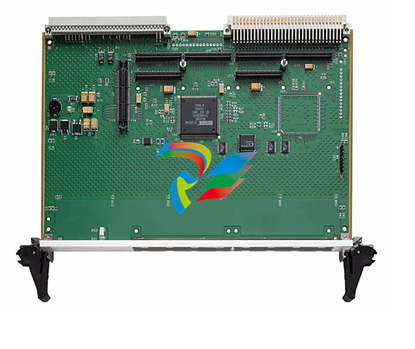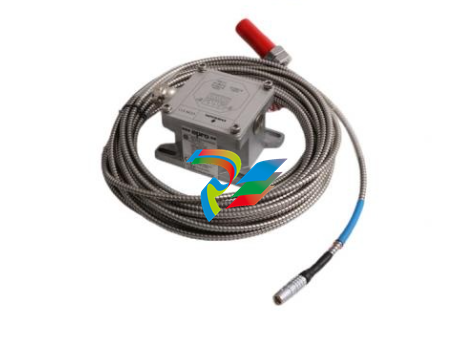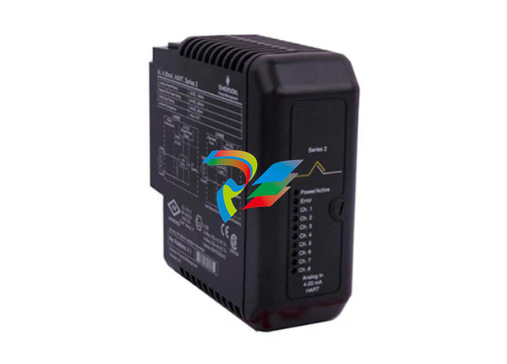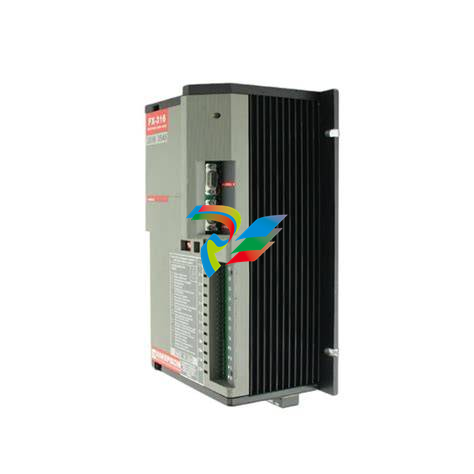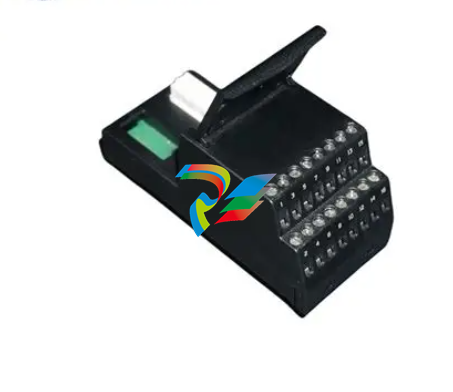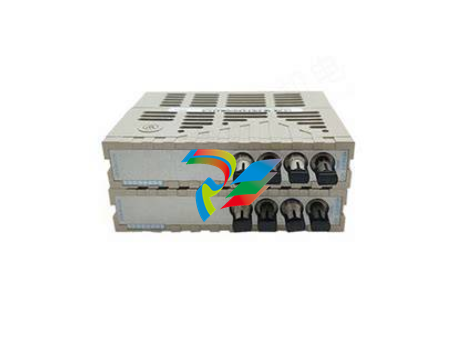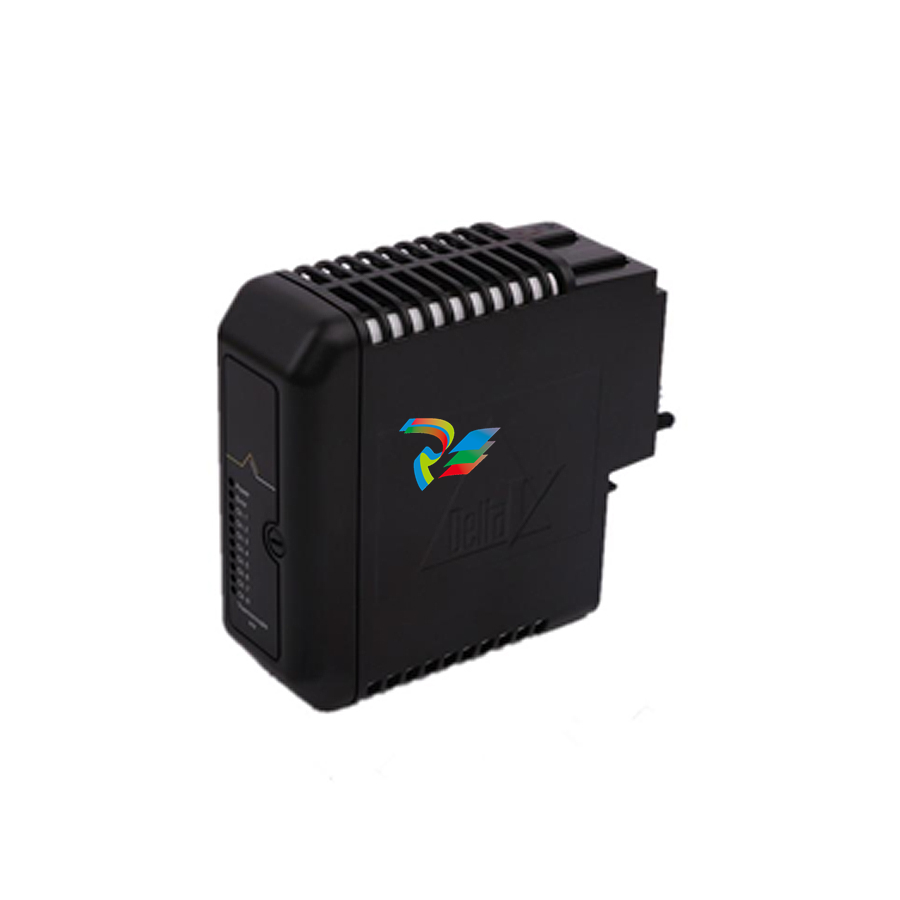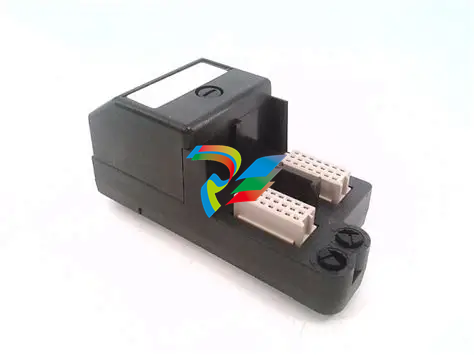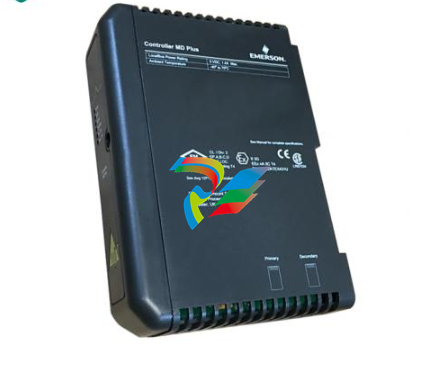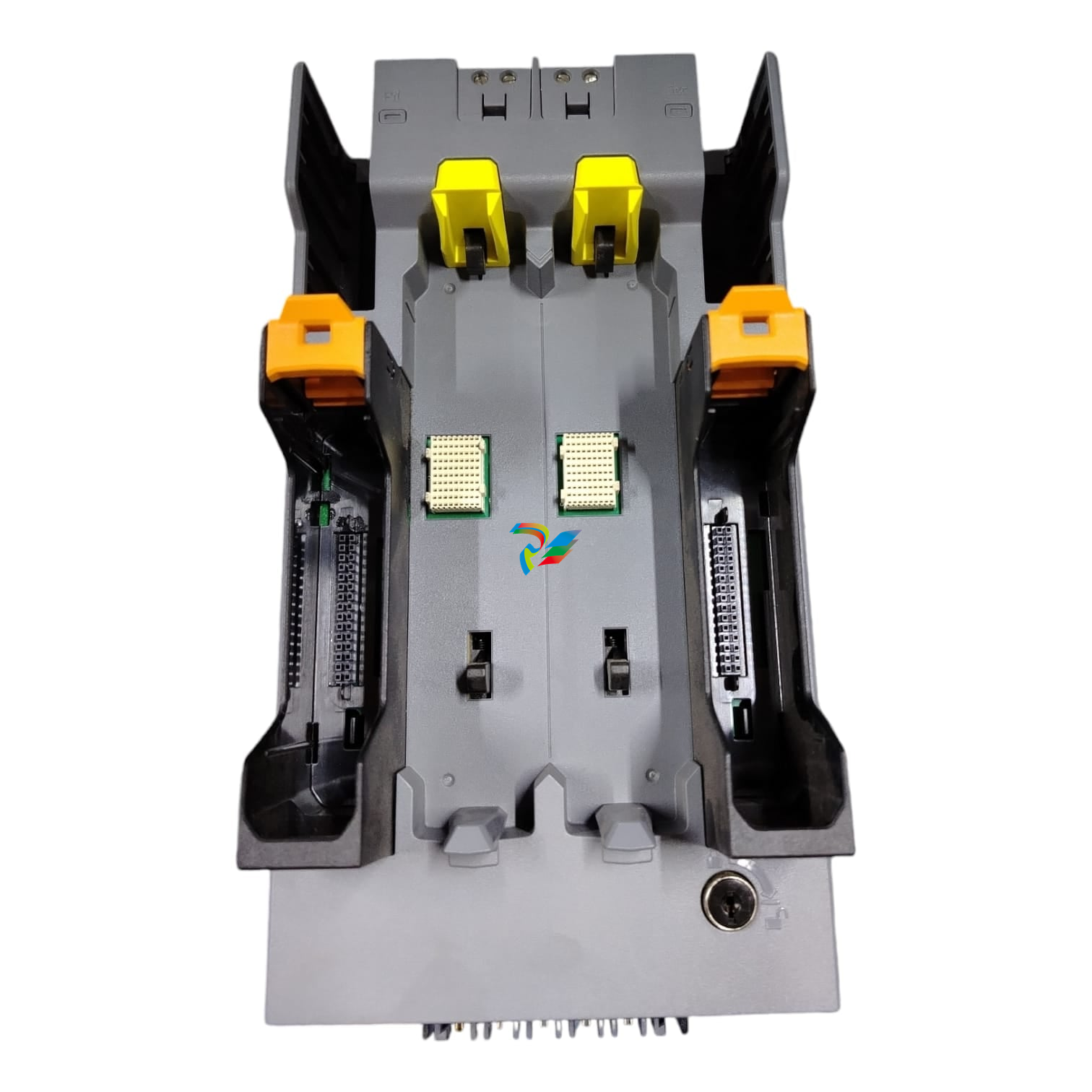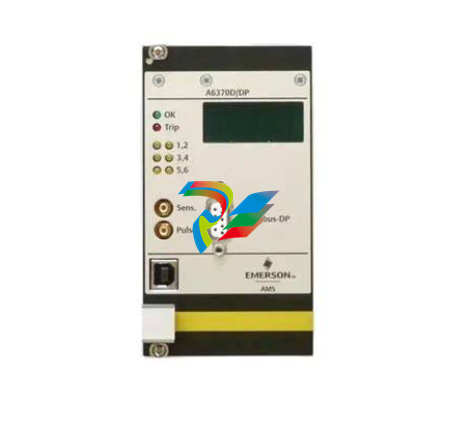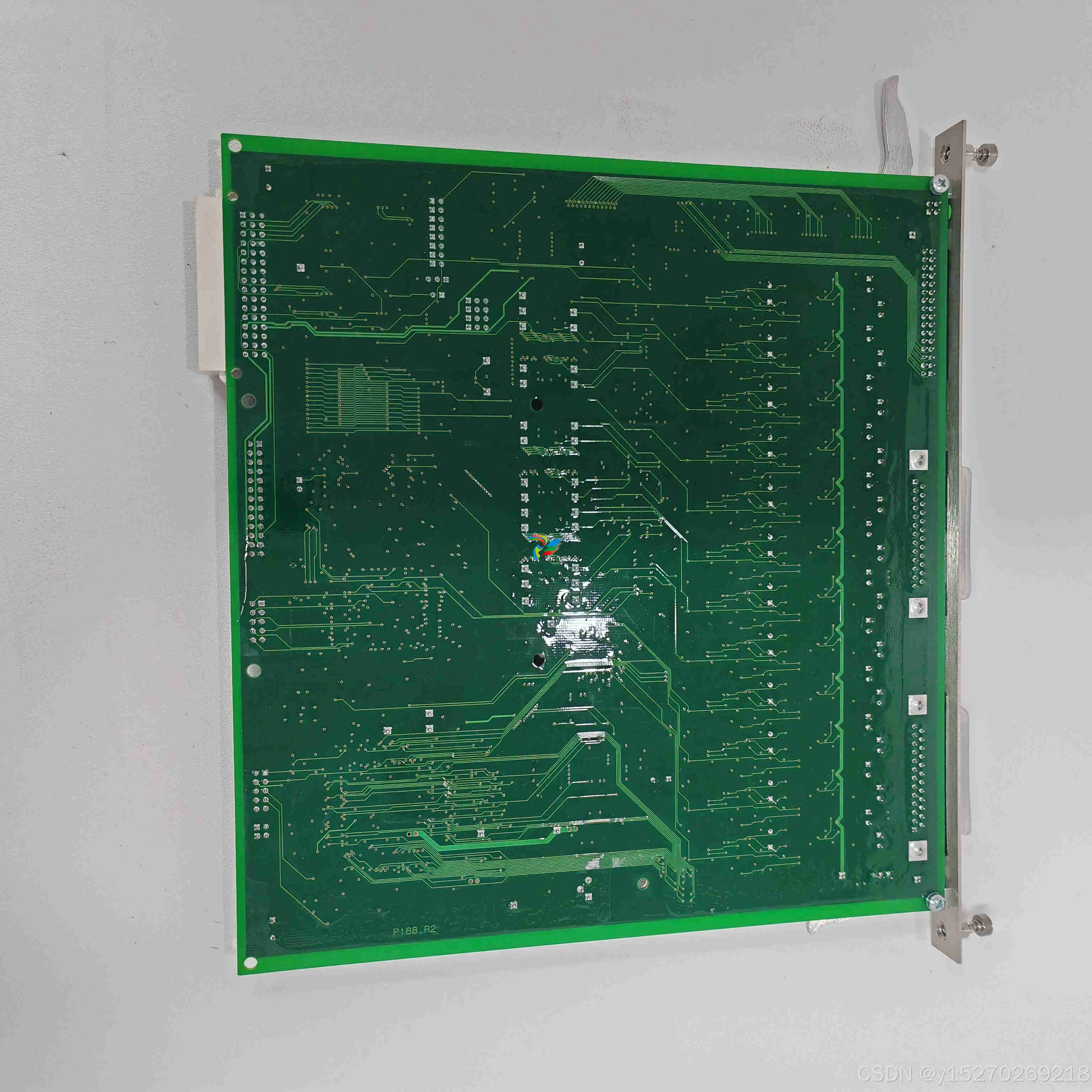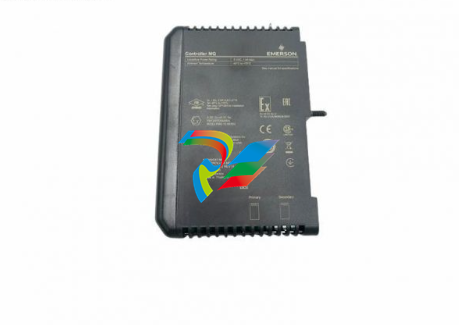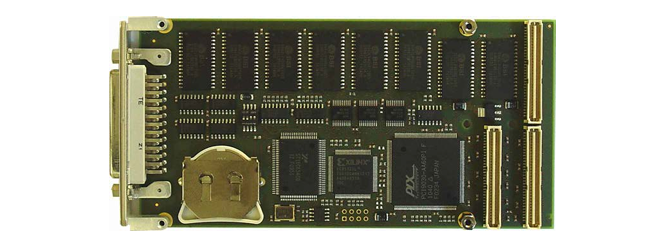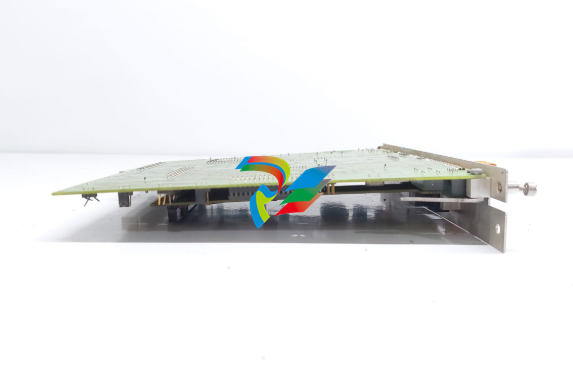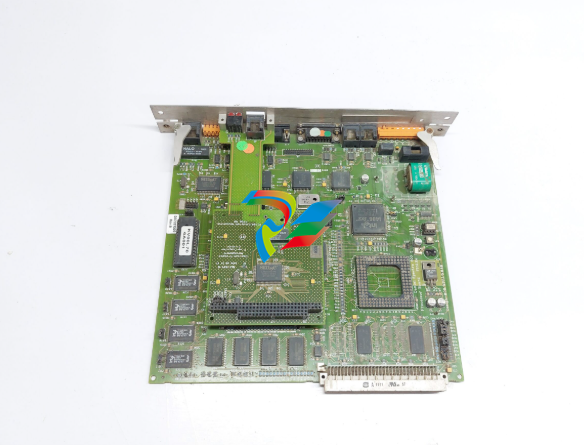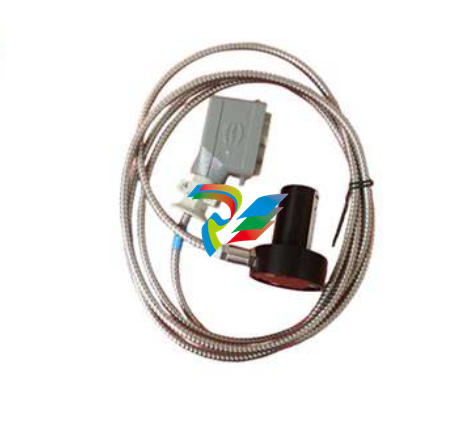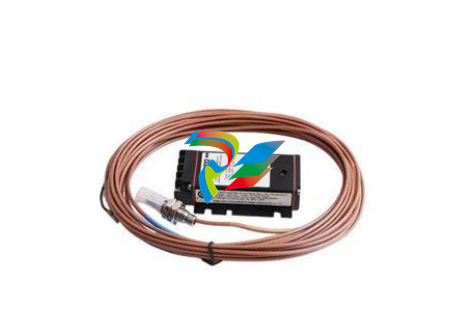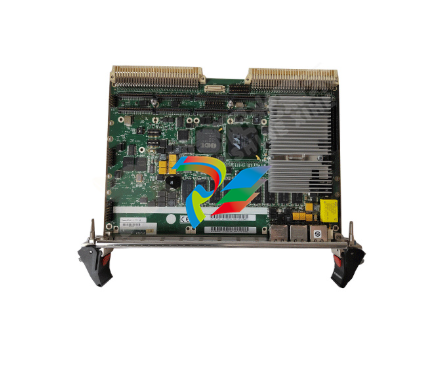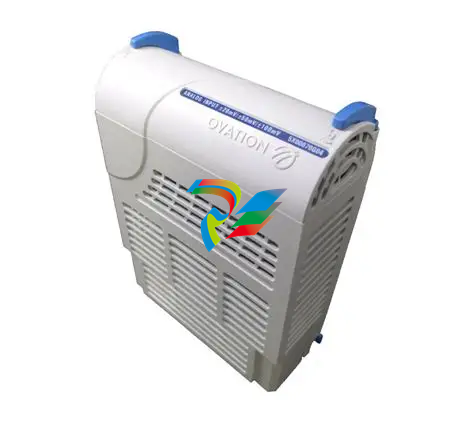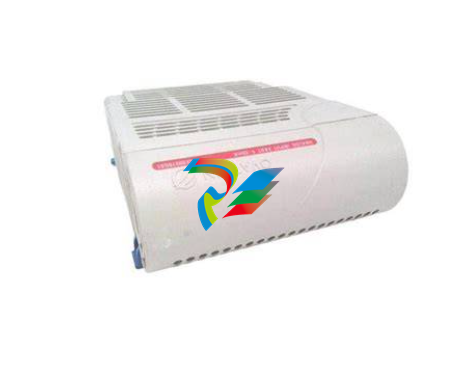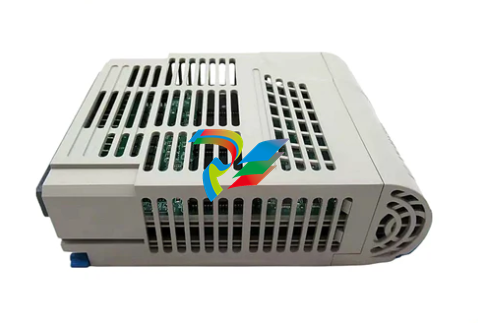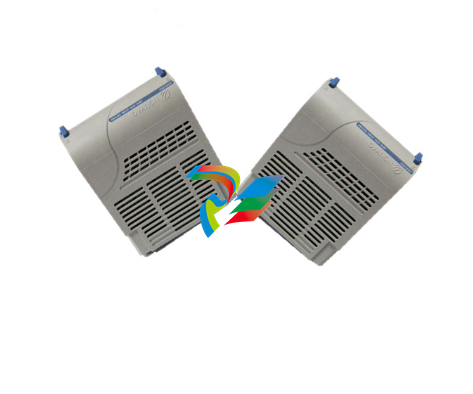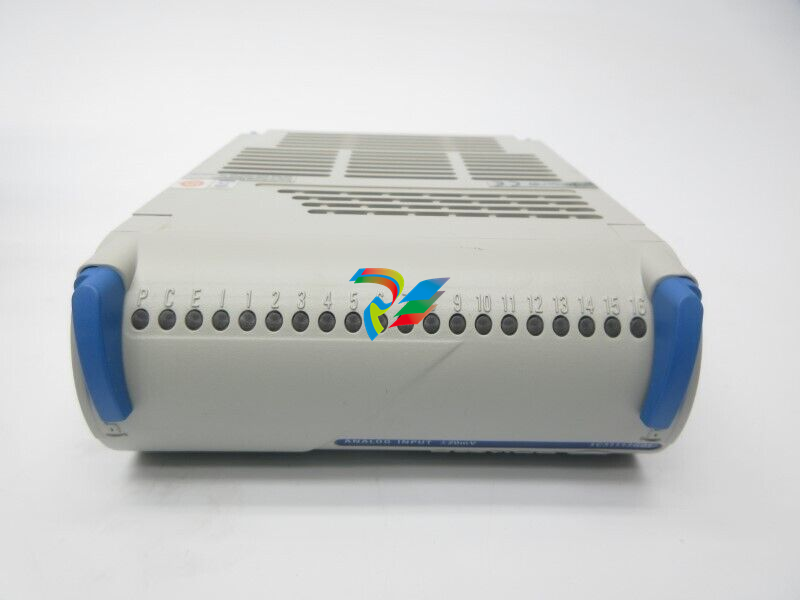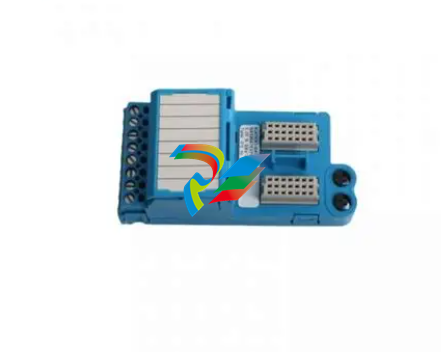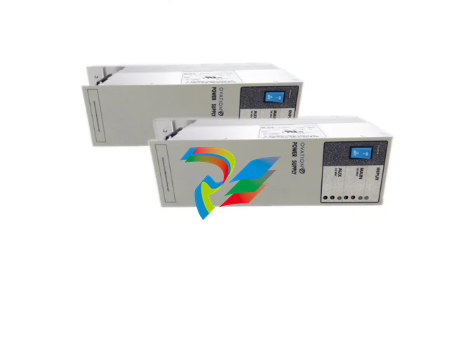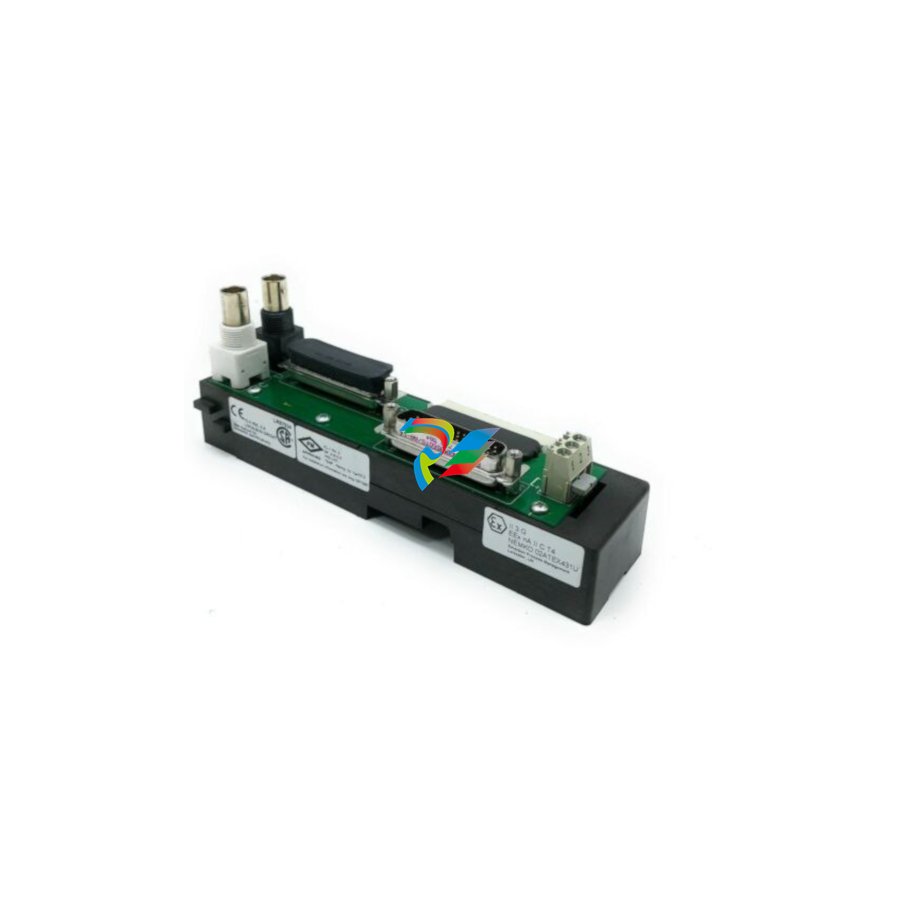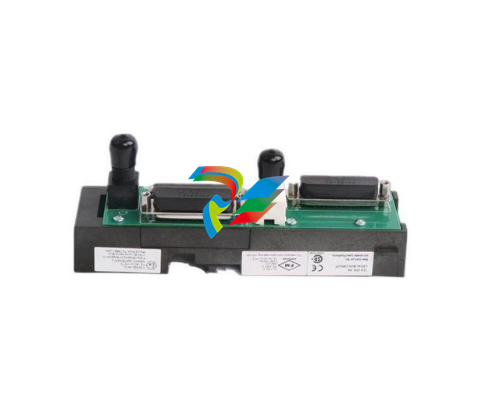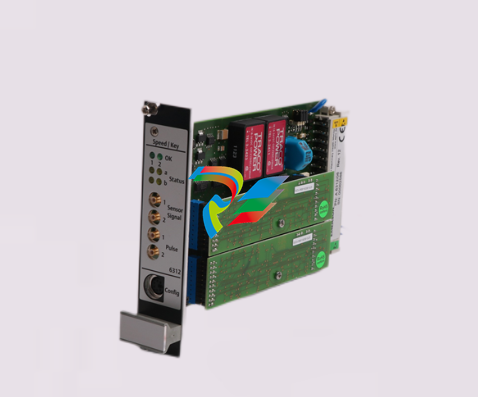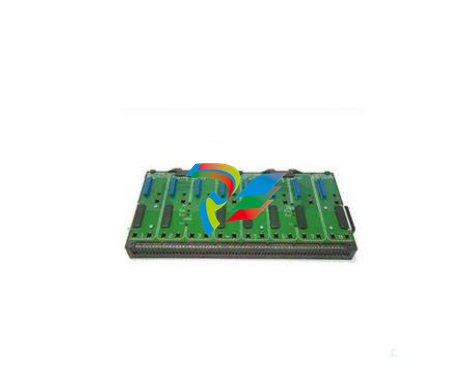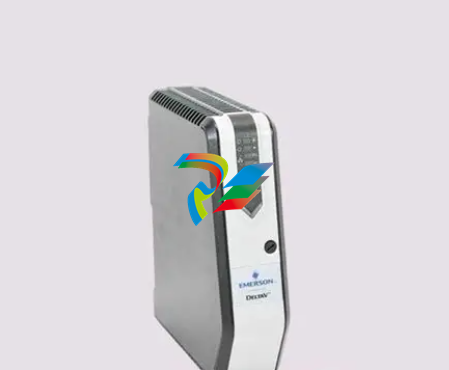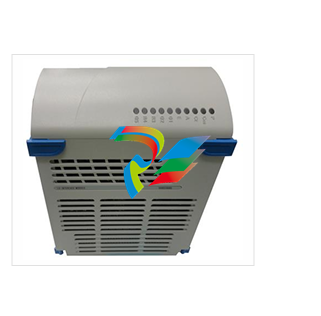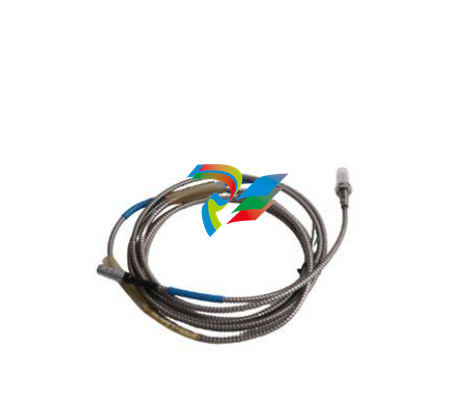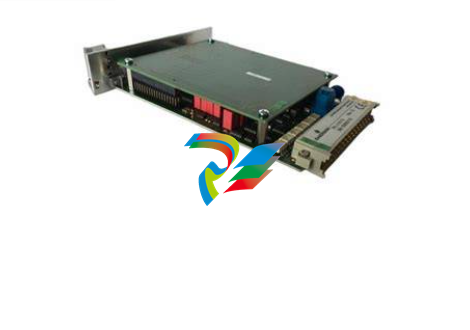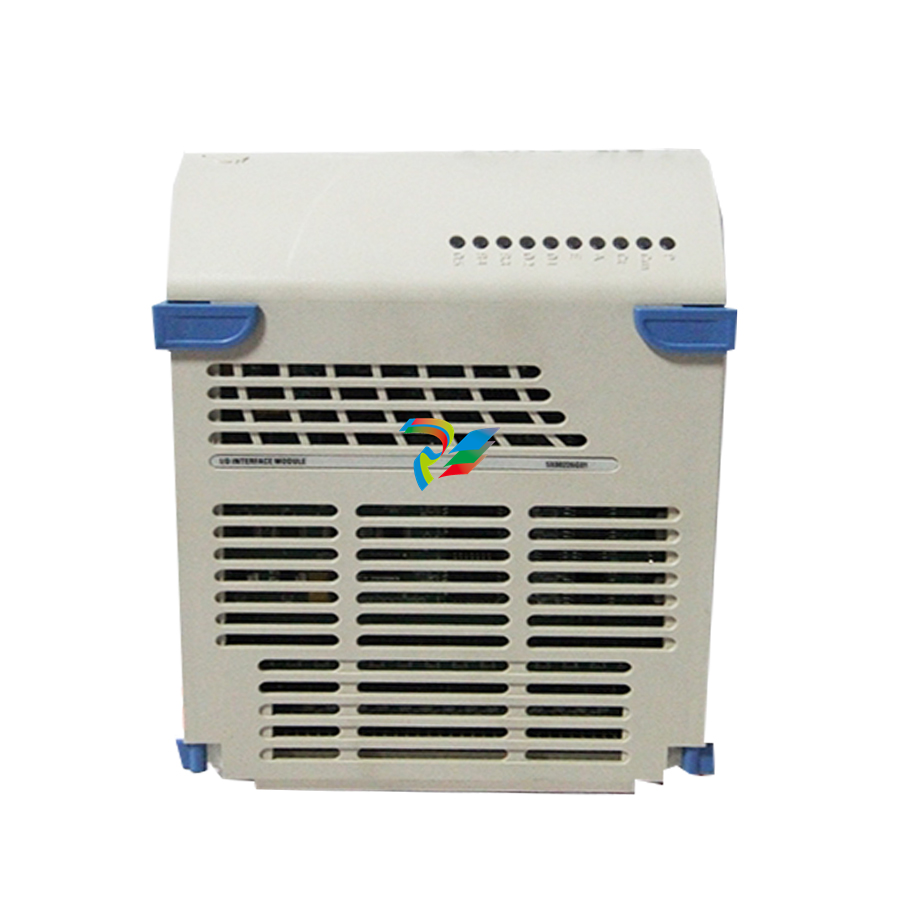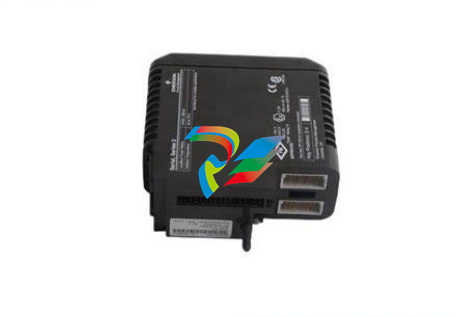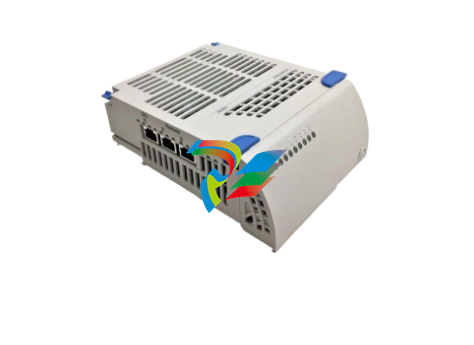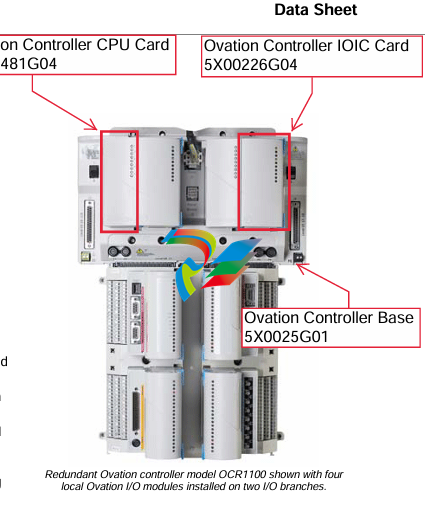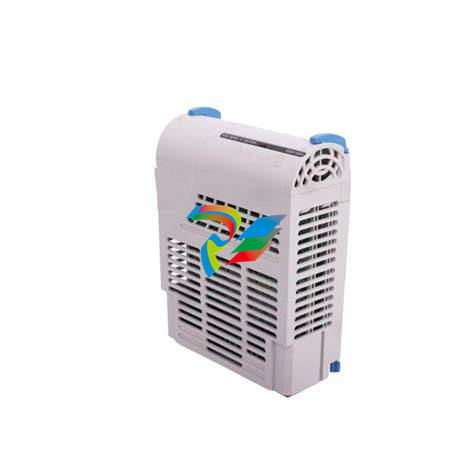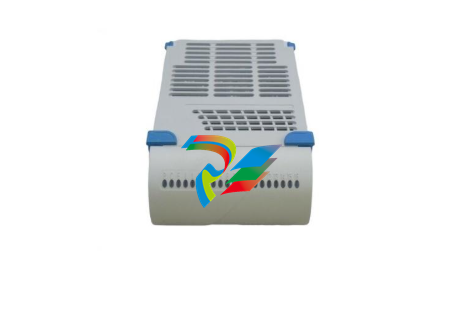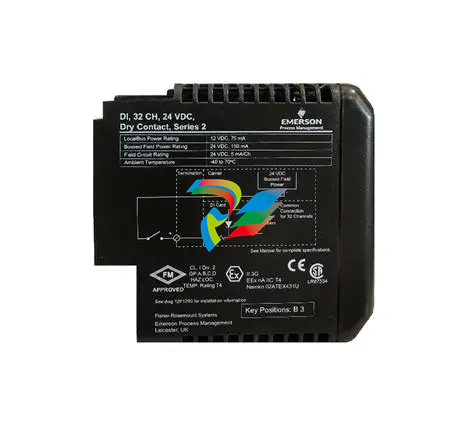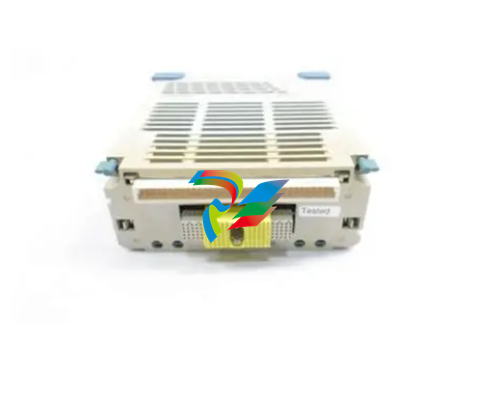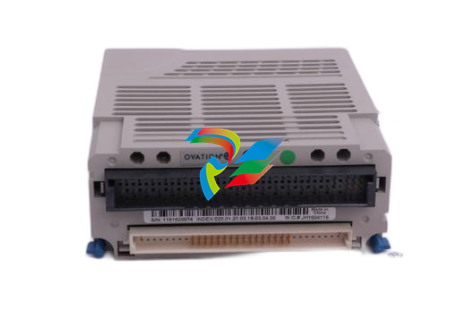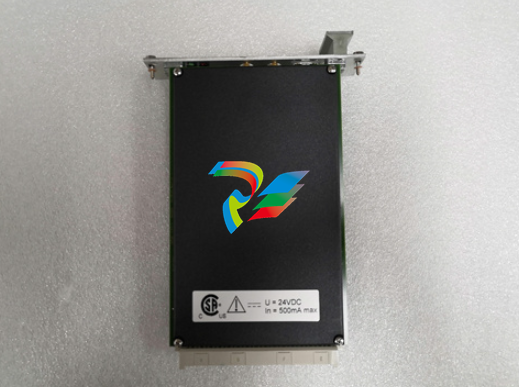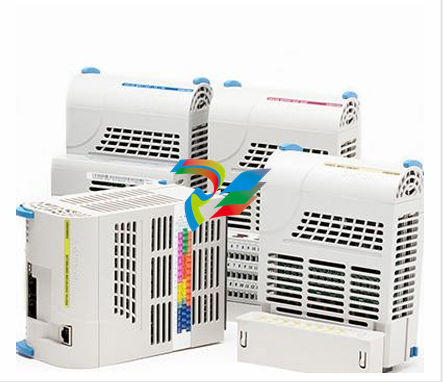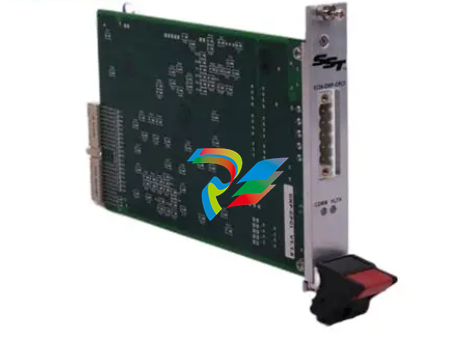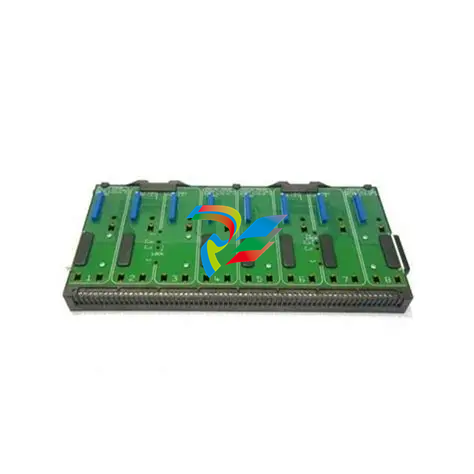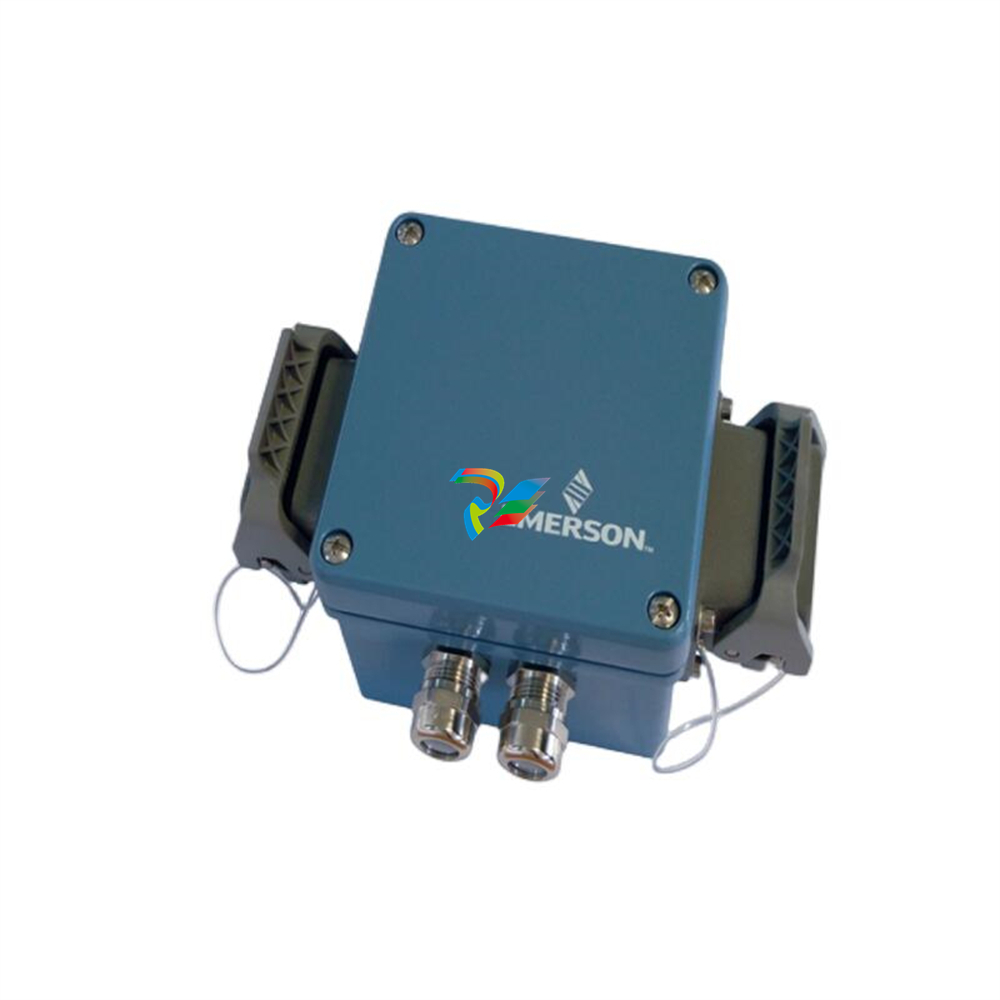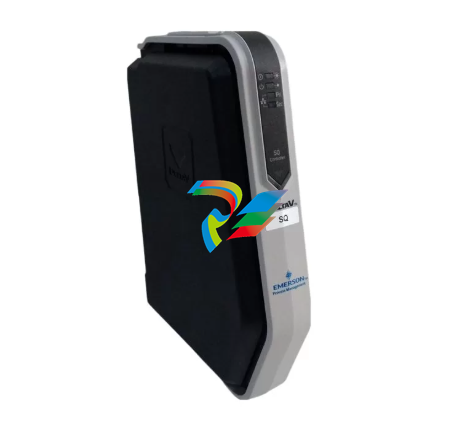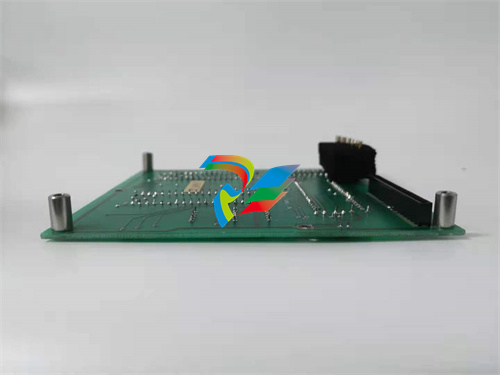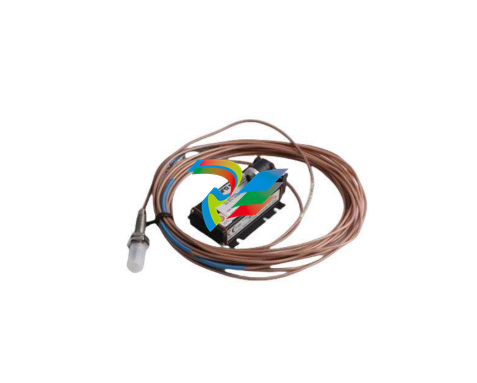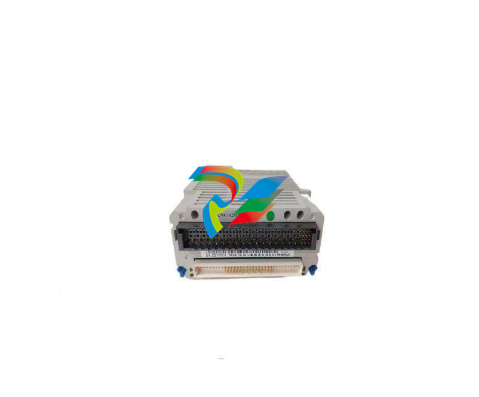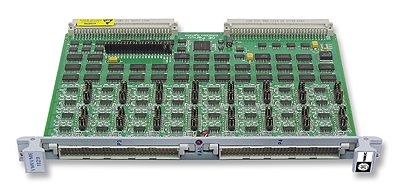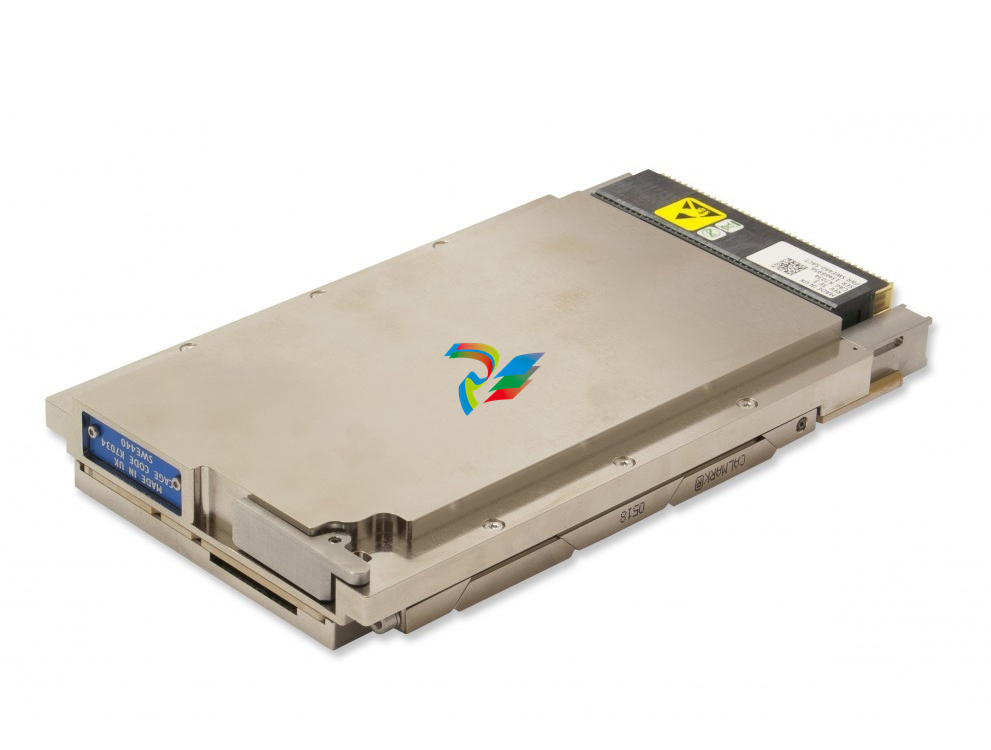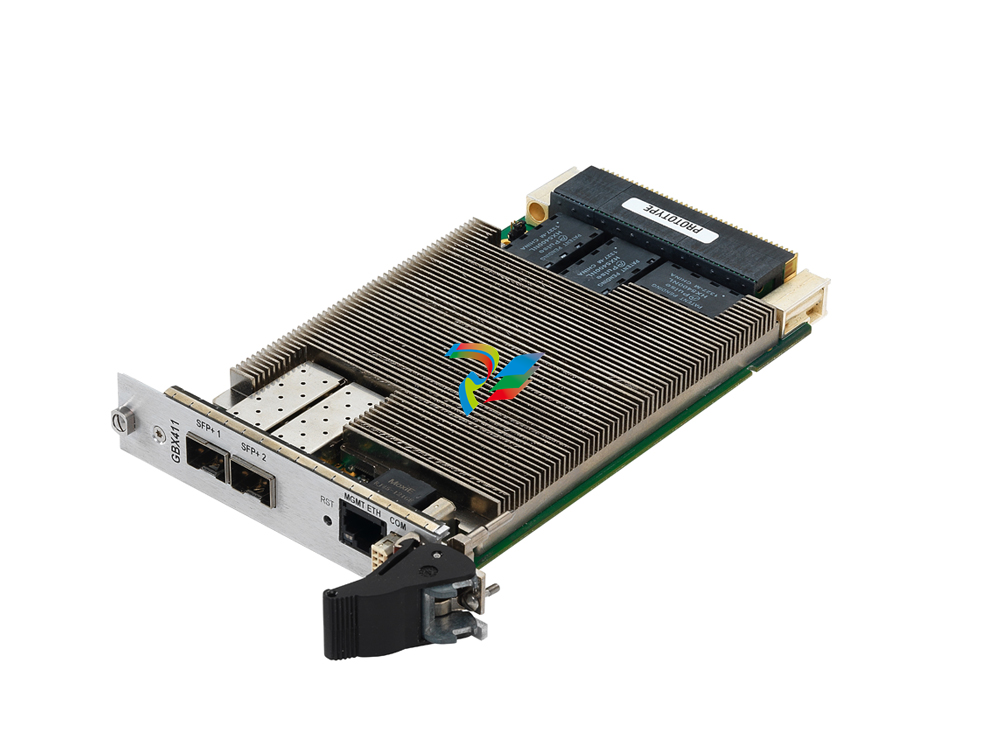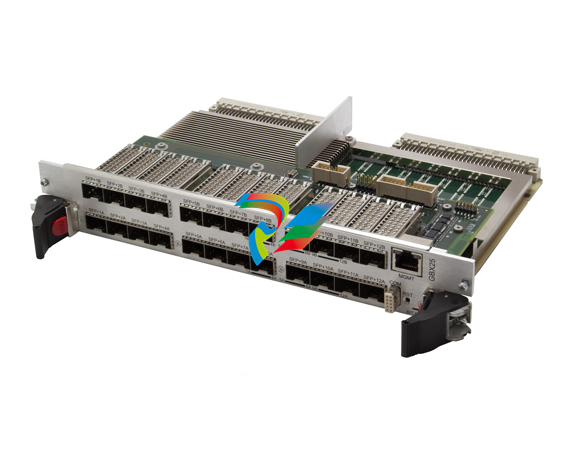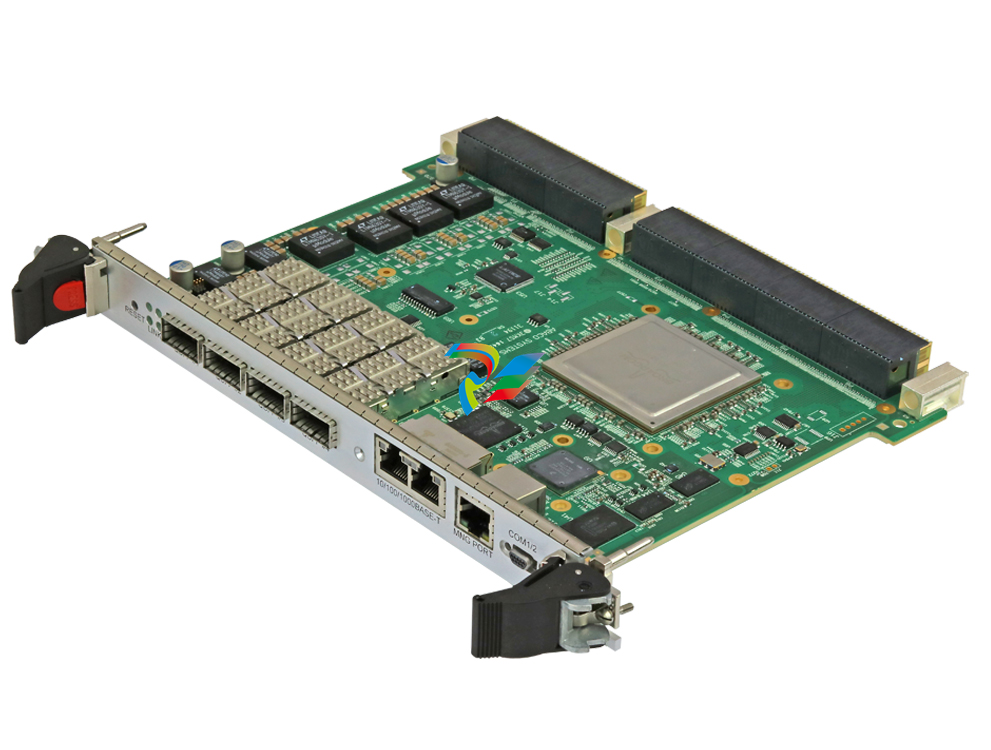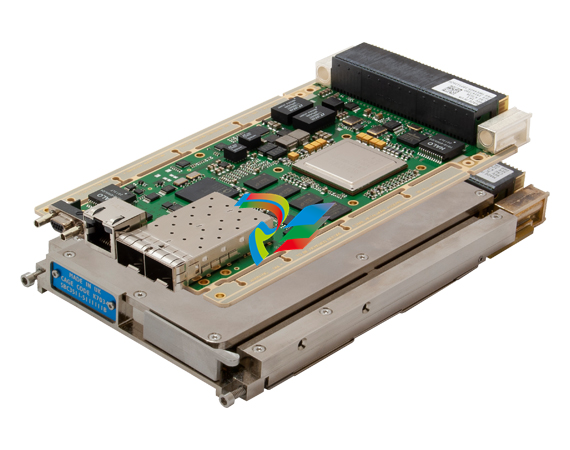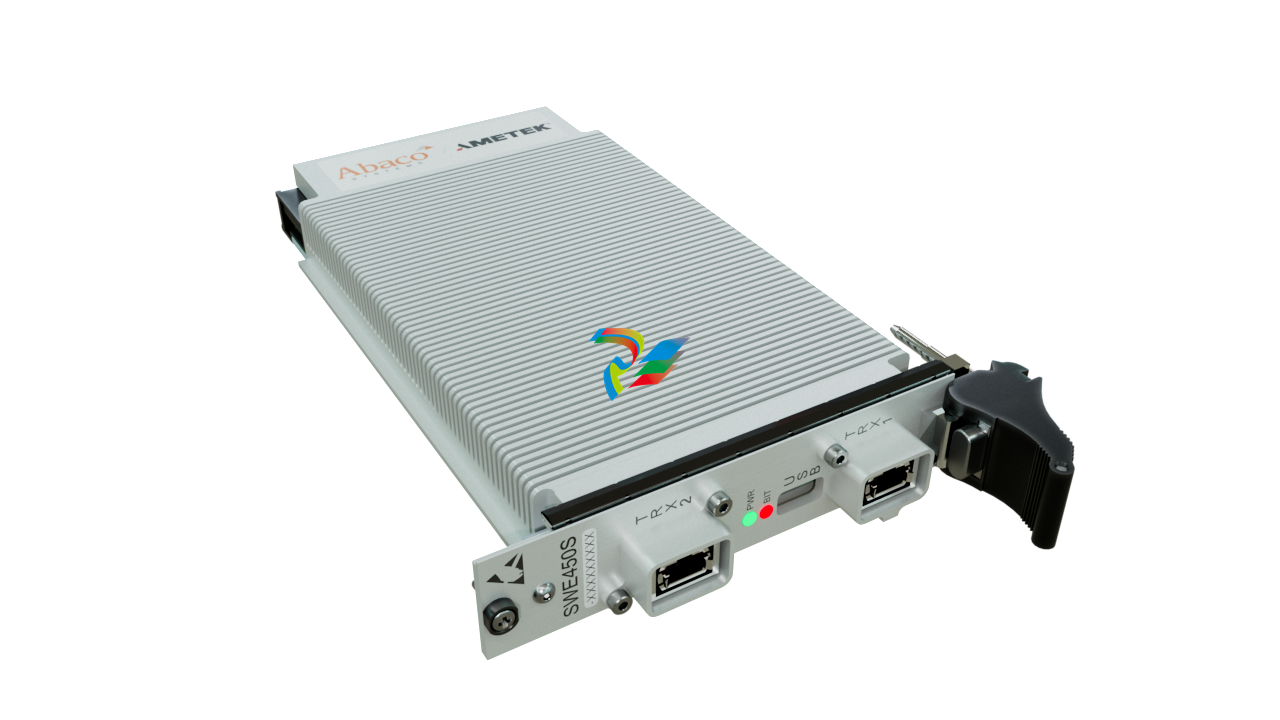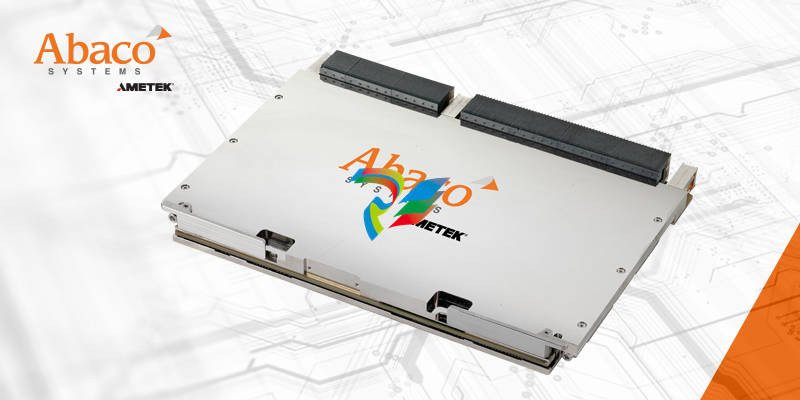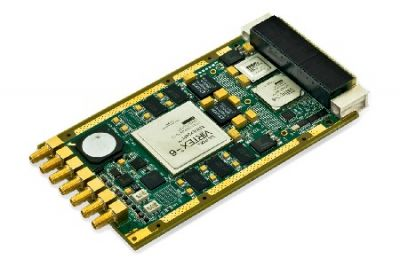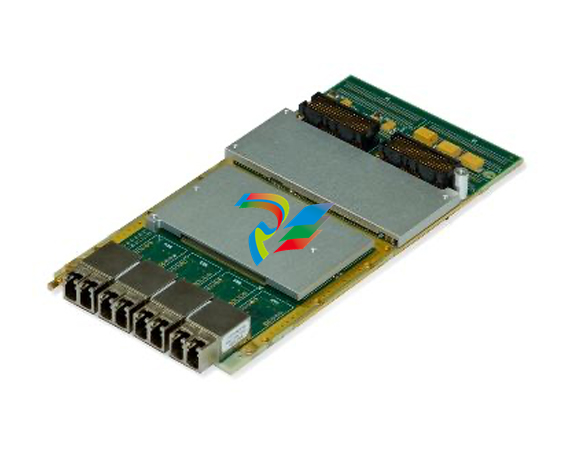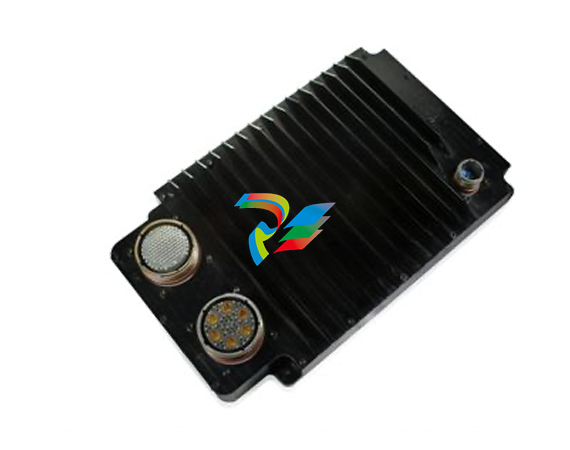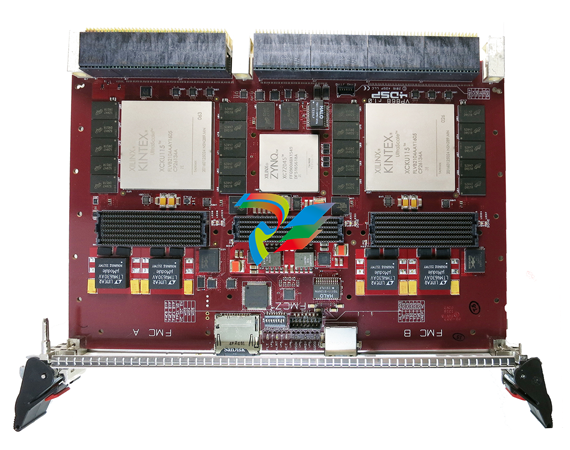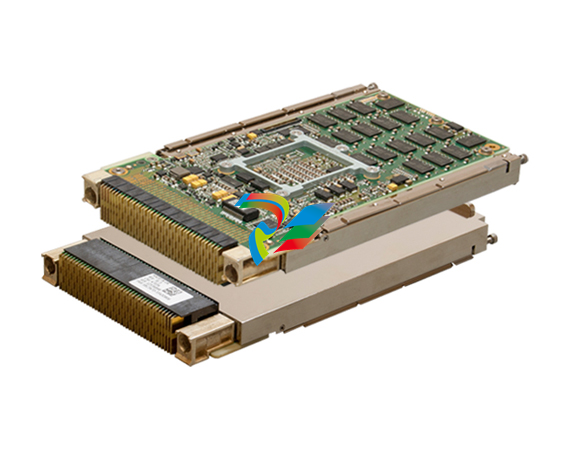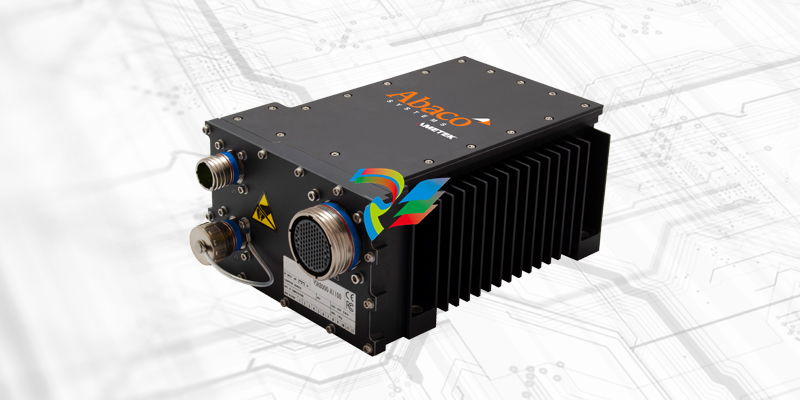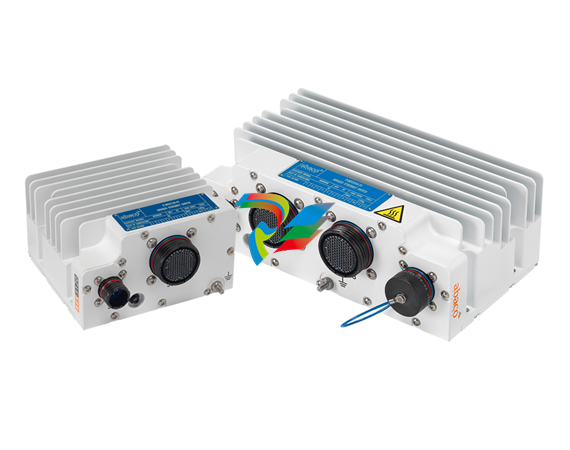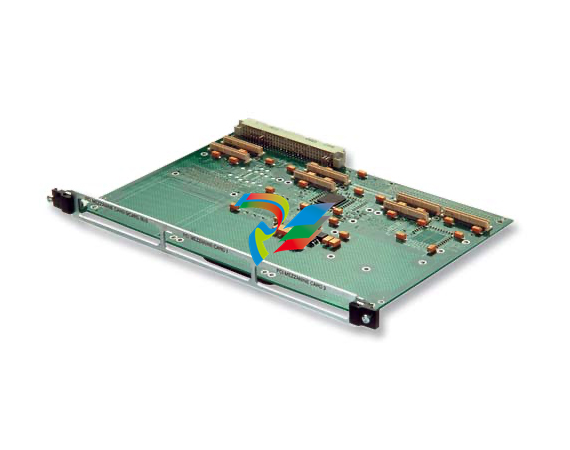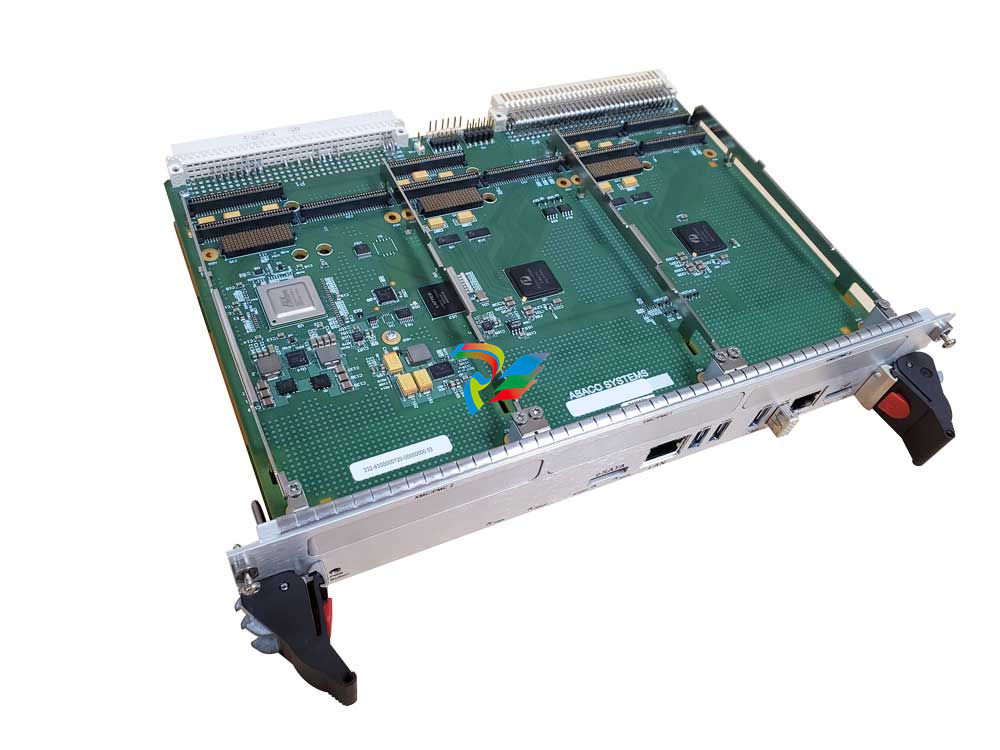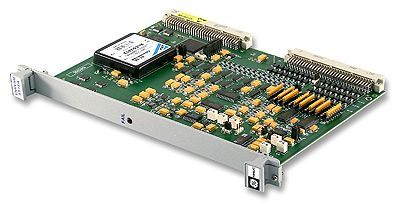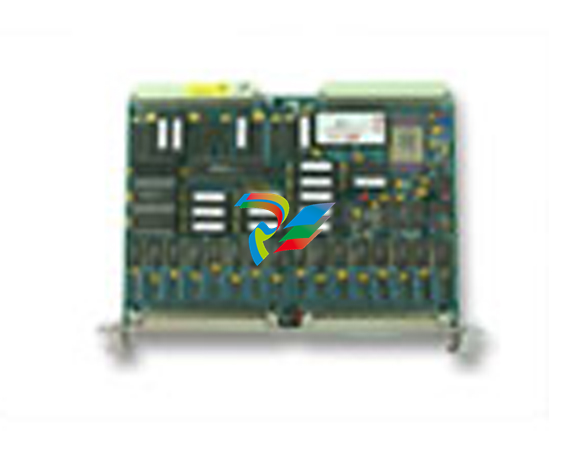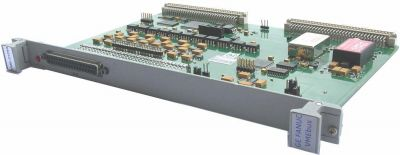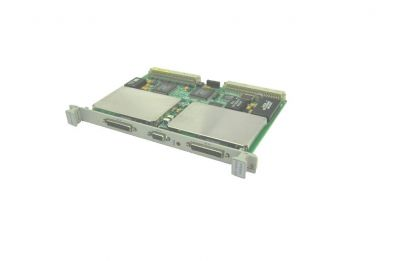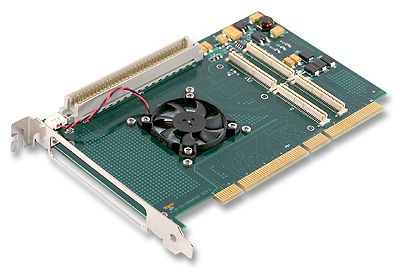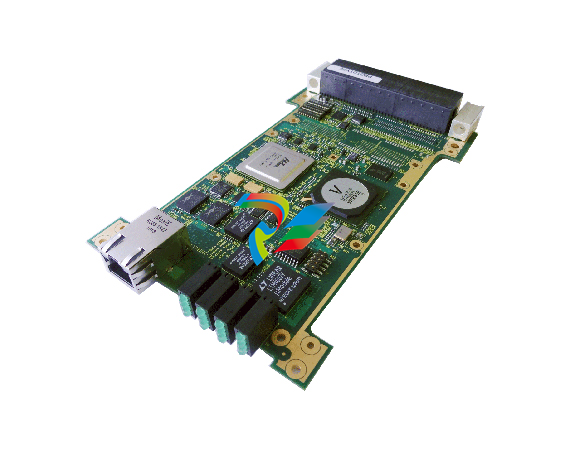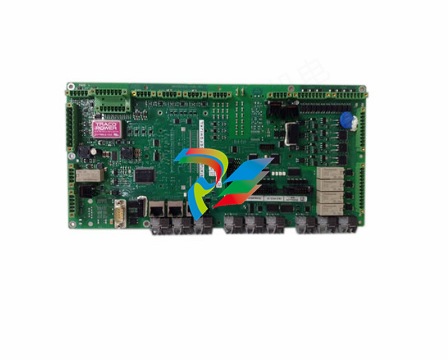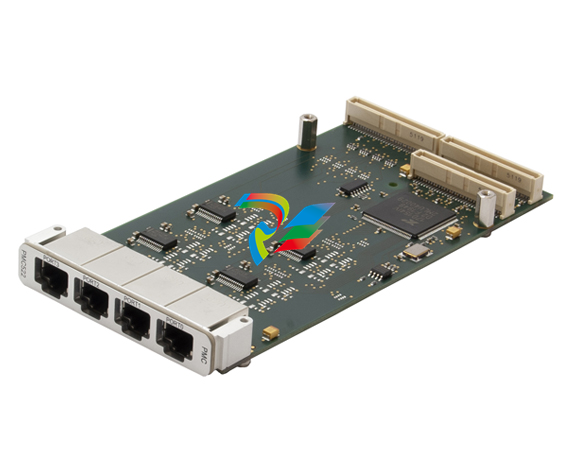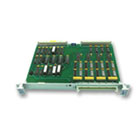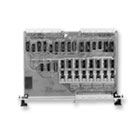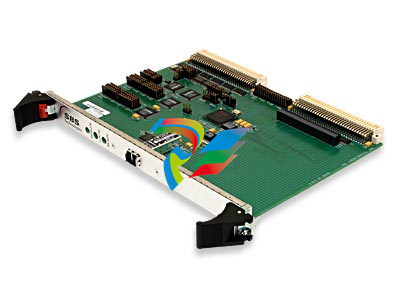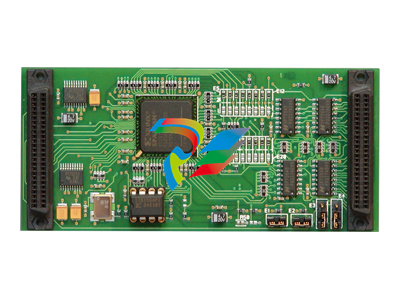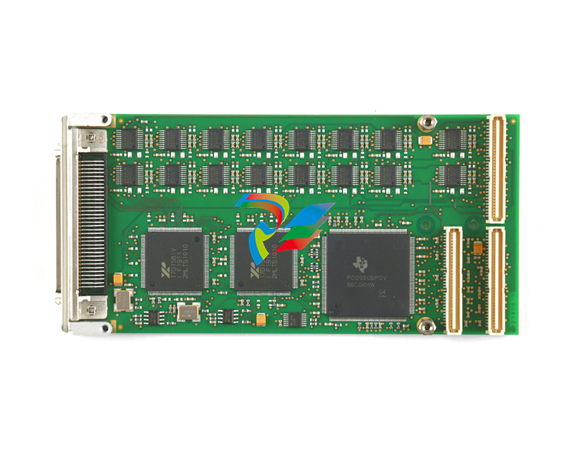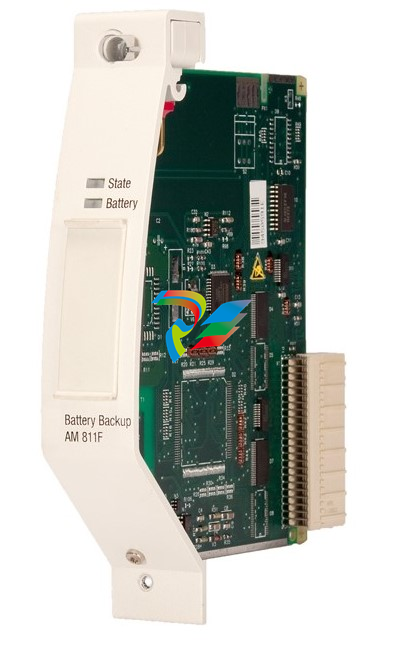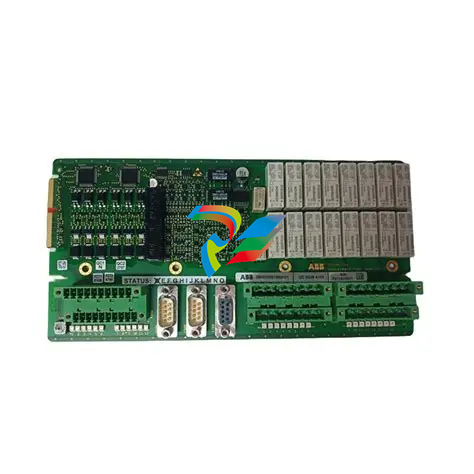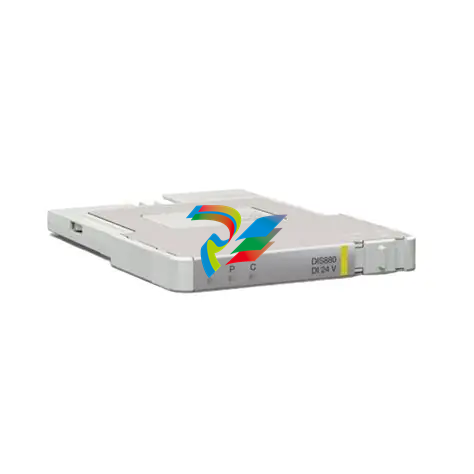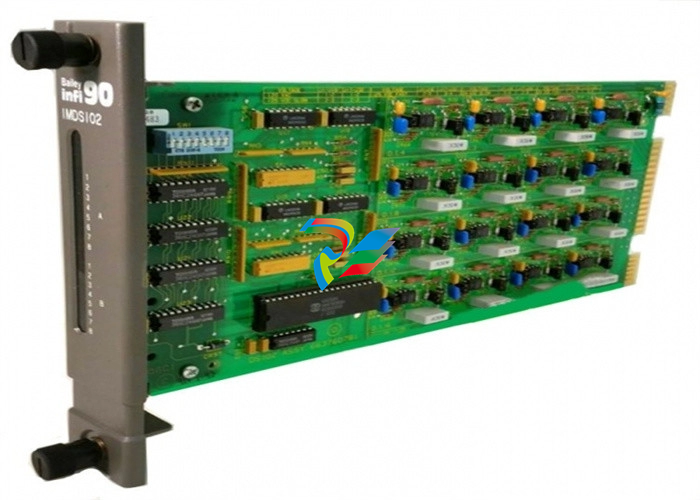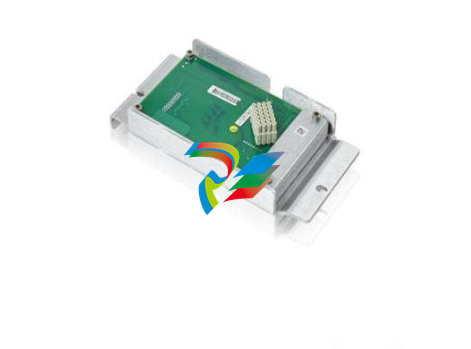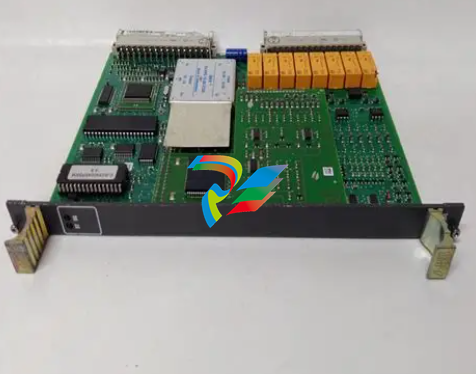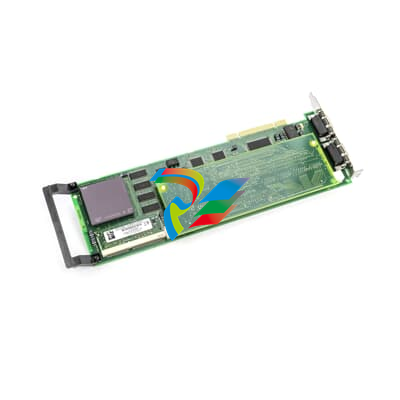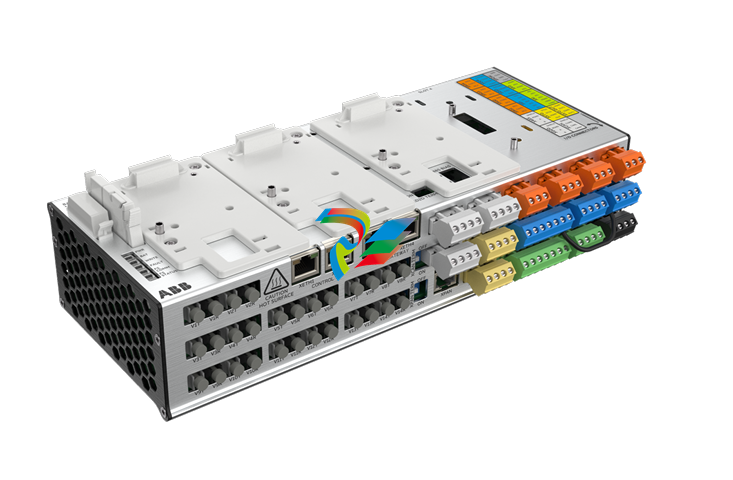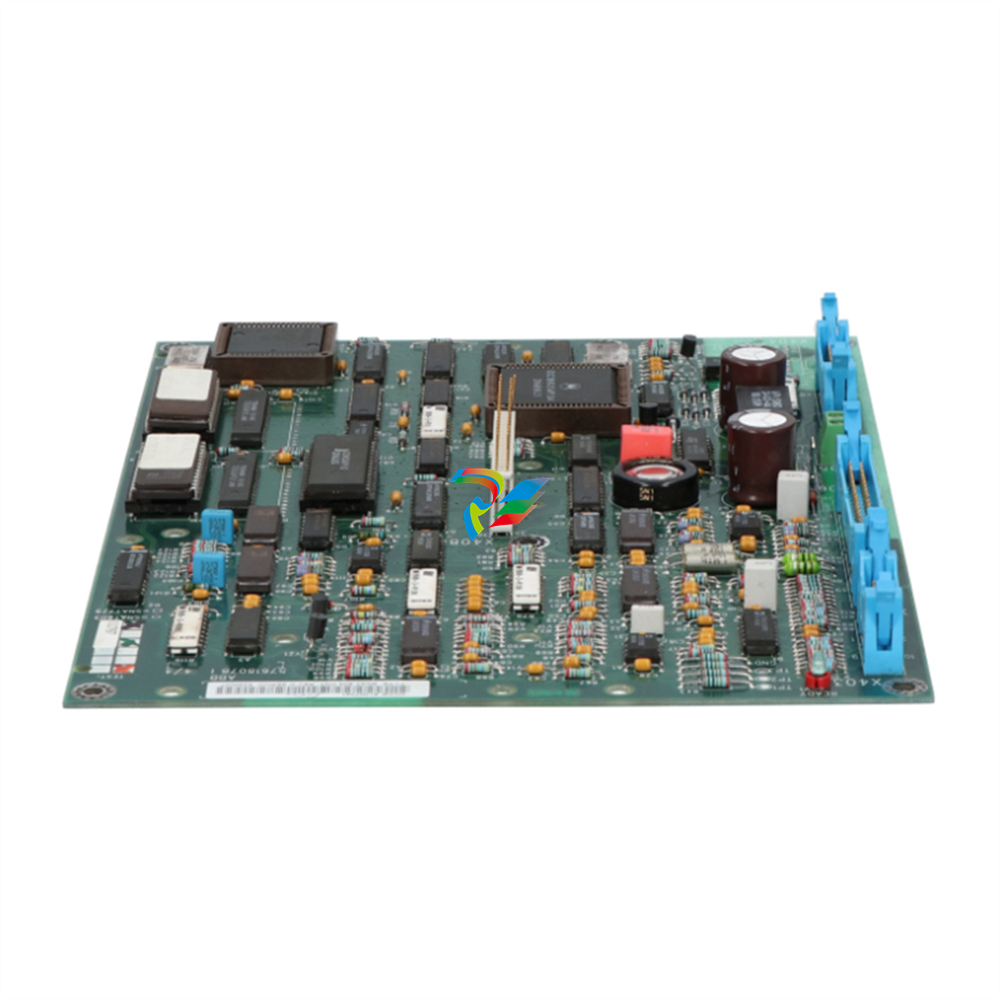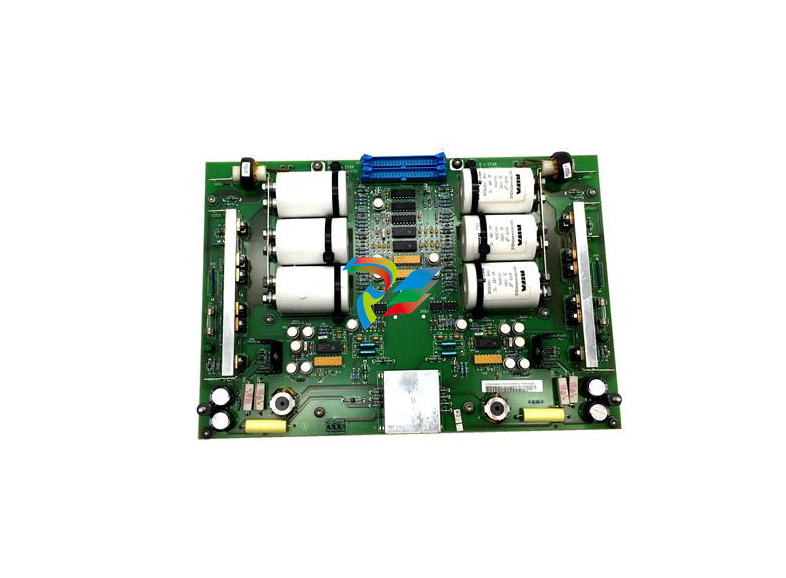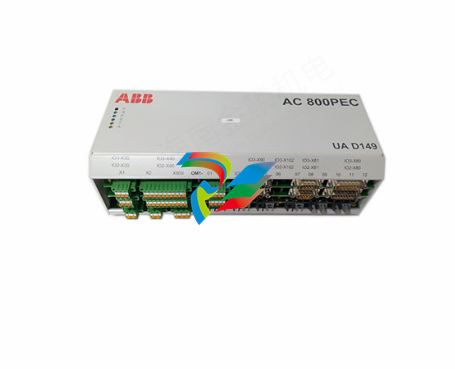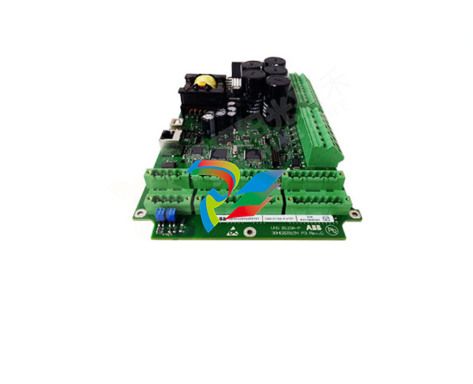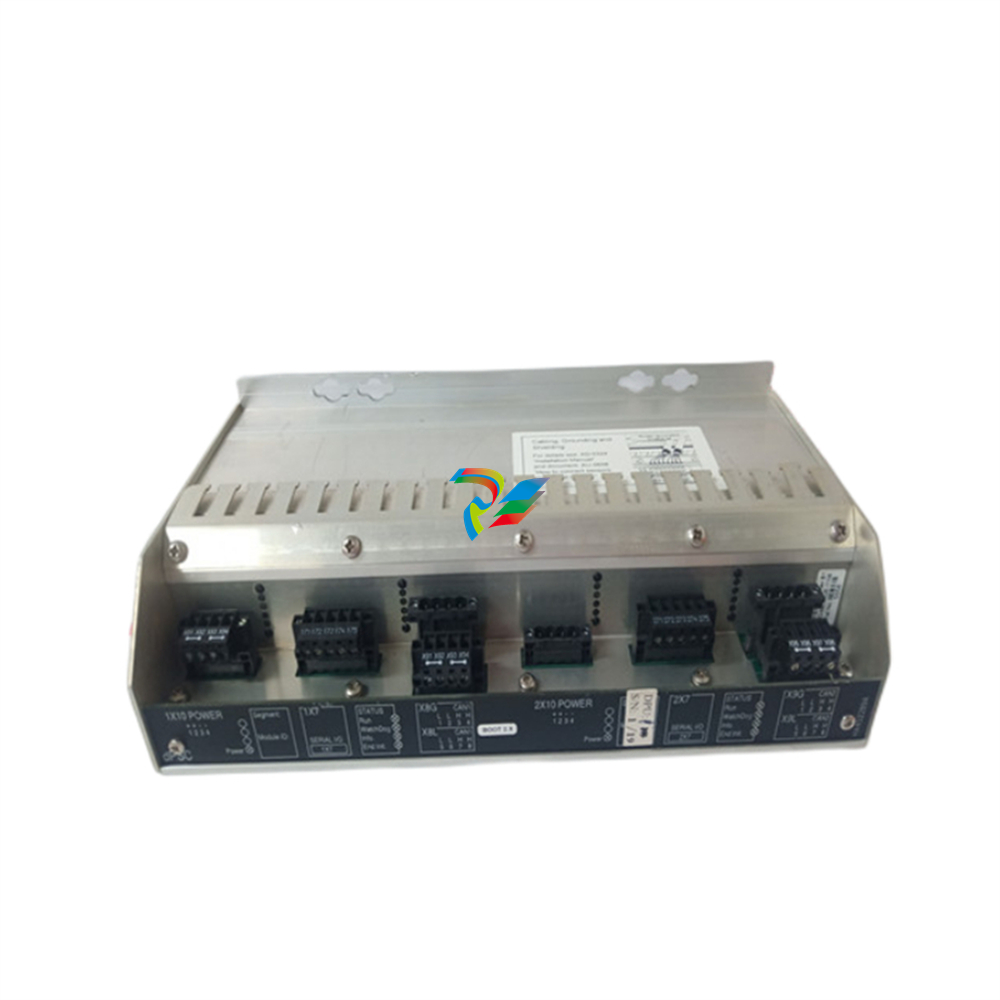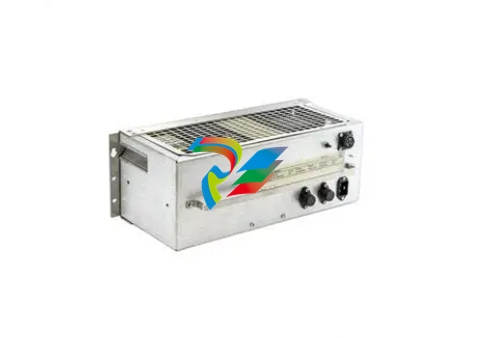
ABBAdvant Fieldbus 100 User Manual
About This User Manual
General
This manual provides a general physical and functional description of
Advant Fieldbus 100 hardware and provides detailed information for installation,
service, and maintenance.
Audience
The manual is intended for ABB personnel as well as for the customers maintenance
personnel.
The reader is assumed to be familiar with the Advant Controller 70,
Advant Controller 110, Advant Controller 400 Series, AC 800M controller,
S800 I/O Stations and/or AC 100 OPC Server, the relevant data base elements, and
the Advant Station 140 Engineering Station. For further information, see Table 2.
Manual Organization
This manual contains:
• Section 1, Introduction
This section presents an overview of this document and the product it
describes, Advant Fieldbus 100.
• Section 2, Advant Fieldbus 100 Concepts
This section introduces the major concepts of the Advant Fieldbus 100
network.
• Section 3, Configuration of Advant Fieldbus 100
This section presents the configuration of the Advant Fieldbus 100.
• Section 4, Installation and Start-up
This section describes the installation and start-up procedure.
• Section 5, Maintenance and Fault Tracing
This section describes the maintenance and diagnostics.
• Appendix A, Technical Data
This appendix describes the physical features and technical data of different
communication interfaces.
• Appendix B, Low Layers of Advant Fieldbus 100
This appendix describes technical details of the low layers implementing the
AF 100 communication. The information presented is not necessary to install
and maintain a Advant Fieldbus 100 network. It merely completes the technical
description and is intended for the curious reader only.
Document Conventions
In this document, the AF 100 units are generally named without suffix Vx or A
unless it is necessary for the functionally described. CI810 is the general term for
CI810/CI810V1/CI810V2/CI810A.
For example, if media redundancy is described, and the description for S800 Field
Communication Interface (FCI) states that the unit to use is
CI810V1/CI810V2/CI810A or CI810V1, it implicitly includes CI810V2/CI810A.
For verification, refer to Table 6.
Microsoft Windows conventions are normally used for the standard presentation of
material when entering text, key sequences, prompts, messages, menu items, screen
elements, etc.
Feature Pack
The Feature Pack content (including text, tables, and figures) included in this
User Manual is distinguished from the existing content using the following
two separators:
Feature Pack functionality included in an existing table is indicated using a
table footnote (*) :
*Feature Pack Functionality
Feature Pack functionality in an existing figure is indicated using callouts.
Unless noted, all other information in this User Manual applies to 800xA Systems
with or without a Feature Pack installed.
Warning, Caution, Information, and Tip Icons
Electrical warning icon indicates the presence of a hazard which could result in
electrical shock.
Warning icon indicates the presence of a hazard which could result in personal
injury.
Caution icon indicates important information or warning related to the concept
discussed in the text. It might indicate the presence of a hazard which could
result in corruption of software or damage to equipment/property.
Information icon alerts the reader to pertinent facts and conditions.
Tip icon indicates advice on, for example, how to design your project or how to
use a certain function
This publication includes Warning, Caution, and Information where appropriate
to point out safety related or other important information. It also includes Tip to
point out useful hints to the reader. The corresponding symbols should be
interpreted as follows:
Although Warning hazards are related to personal injury, and Caution hazards are
associated with equipment or property damage, it should be understood that
operation of damaged equipment could, under certain operational conditions, result
in degraded process performance leading to personal injury or death. Therefore,
fully comply with all Warning and Caution notices.
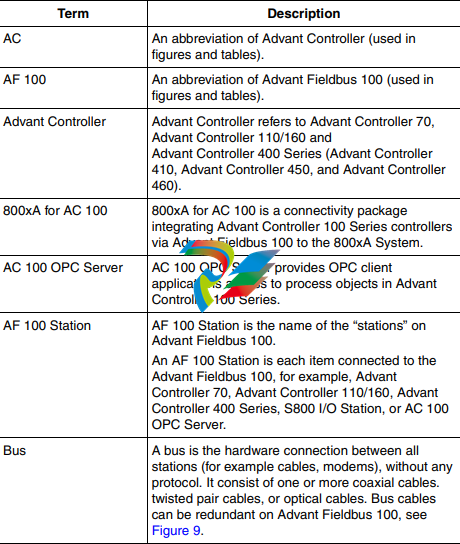
Section 1 Introduction
Product Overview
Advant Fieldbus 100 (AF 100) is a high performance fieldbus, which is used for:
• Communication between Advant Controllers
• Communication between Advant Controllers and S800 I/O Stations, AC 800M
controllers, AC 100 OPC Server, and the equipments developed and sold by
other ABB companies.
In an AF 100 bus, it is possible to reach up to 80 stations within a total physical
distance of up to 13300 meters (43300 feet).
Advant Fieldbus supports three transmission media:
• Twisted pair (Twp)
• Coaxial (RG59 and RG11)
• Optical media.
An AF 100 bus can be built up with all the three media, where a part of one kind of
media is a specific segment.
The following rules apply to the segments:
• To each twisted pair segment, 32 stations can be connected, and the maximum
segment length is 750 meters (2500 feet)
